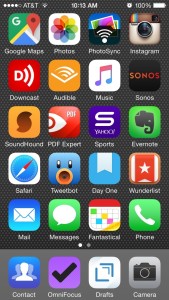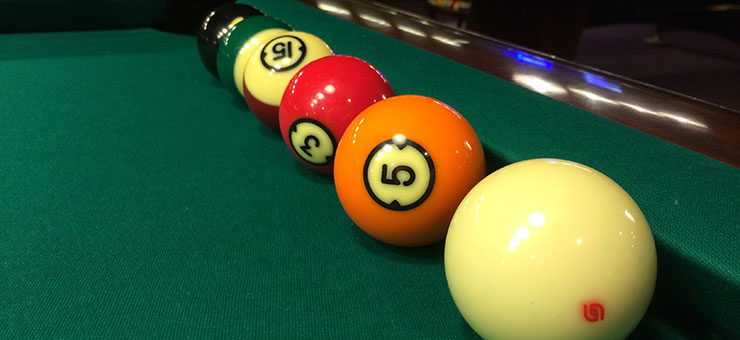The Doctor’s Visit
Recently, I was at the doctor’s office. Unfortunately, there’s no telling how long I will ever be there, no matter if I schedule the earliest appointment they have. As it turned out, I waited over an hour to even see the person who does all the recording of all my vitals – pulse, blood pressure, temperature. After that was done, I had to wait another 20 mins to actually see the doctor.
The DMV
How many of you dread the visit to the DMV?
It’s painful. We all know it. It’s just what we have to do if we want to legally drive in this country. Worse yet, it’s as if misery feeds misery. You don’t want to be there and when you look around, neither does anyone else.
The Stress Video
Enter a video posted to a friend’s Facebook account. He made a decision to enjoy his life a little more than being insanely frantic 24×7. When he publicly announced that, someone posted the following TED Talk about stress for him to watch.
In her talk, part of what Kelly McGonigal talks about is reversing the idea that stress is bad for you. We have always learned that stress is bad but what if we can use stress as a positive?
So how do these things all fit together?
Well, the first two are probably obvious. Waiting sucks. But what about the idea of making stress your friend?
Turning Their Time into My Time
While I waited at the doctor’s office, I wrote a full draft of my 2 Apps to Develop Great Habits article. In fact, when I was finally called in to see the doctor, I was a bit bummed as I still had a few thoughts in my head and I had to stop.
But as I looked around, most of all the other waiting patients were just staring at the walls. Granted, they could’ve been doing work that wasn’t evident. I also know that they may have had other important things on their minds (like their health).
What do you notice at the DMV? Probably the same thing – a LOT of people sitting around for HOURS, staring at the wall.
What I realized is that with limited thinking, I can make these typical painful situations work for me. In fact, I would argue that I like going to the doctor’s office or DMV because it gives me a place where I can focus.
I can choose to be miserable or I can do something about it.
And when I choose not to be miserable, I make that time go faster.
Let’s face it, you probably don’t know anyone at either place so unless you are ultra-extroverted, you aren’t going to be starting any long and great conversations at those places.
You’ve got dedicated time. None of your co-workers are going to bother you. You don’t have to leave the office to go to the library or coffee shop to get away from them.
The best thing about that trip to see the doctor? I didn’t have to get home to then spend 90 minutes writing a blog article because I was playing games or watching videos on my phone during the visit.
So, the next time you have to go somewhere where it’s even remotely possible that a long wait is going to happen, don’t dread it. Embrace it.
Assume it’s going to happen and turn it into a positive.
Heck, find something you’ve been putting off for a long time and get it done. That will even make it better.
Worst case, the visit is much shorter than expected. But then you can brag about how little time you spent at the DMV.


